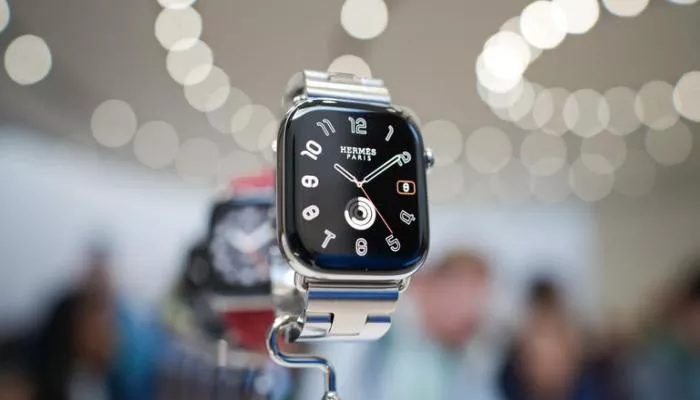In 2015, Apple’s then-chief design officer Jony Ive unveiled the Apple Watch with a vision of seamless integration between hardware and software. “You can’t determine a boundary between the physical object and the software,” he declared. Ten years later, that philosophy has transformed the wearable from a novelty into a life-saving companion.
CEO Tim Cook has repeatedly stated that Apple’s most significant contributions lie in health technology—a promise fulfilled through the Apple Watch’s evolution. From fitness tracking to medical-grade diagnostics, here are the groundbreaking features that cemented its dominance over competitors like Fitbit and reshaped wearable tech.
Activity Rings: The Psychology of Movement
What began as cryptic terminology—”closing your rings”—has become cultural shorthand for daily fitness. The Apple Watch’s Move, Stand, and Exercise rings distill complex activity metrics into intuitive visual goals. Studies link consistent ring-closing to improved sleep and reduced stress, validating Apple’s minimalist design approach that prioritizes behavioral nudges over data overload.
ECG and Afib Detection: Democratizing Heart Health
The 2018 debut of the Series 4’s FDA-cleared ECG app marked a watershed moment: for the first time, consumers could detect atrial fibrillation from their wrist. This feature, developed through years of collaboration with regulators, empowered users to identify irregular heart rhythms early—potentially preventing strokes and other cardiovascular emergencies.
Emergency SOS and Fall Detection: Silent Guardians
Since Series 2, the watch has autonomously contacted emergency services during crises, transmitting locations to first responders. Fall Detection, meanwhile, has generated countless Reddit testimonials—like one user whose watch summoned an ambulance after blood clots caused a parking lot collapse. “The ER doctor said timely intervention saved my life,” they reported.
Sleep Apnea Monitoring: Lab-Quality Diagnostics at Home
Previously requiring clinical sleep studies, sleep apnea diagnosis became accessible through the Series 10 and Ultra 2. By analyzing breathing patterns over 30 nights, the watch provides preliminary screenings users can bring to physicians—eliminating barriers to treatment for this underdiagnosed condition.
Research App and Vitals: Crowdsourcing Medical Breakthroughs
Apple’s Research App harnesses anonymized user data to advance studies on conditions ranging from mobility disorders to respiratory health. These collaborations birthed features like the Vitals app, which tracks sleep metrics and physiological changes to flag early illness signs—offering a subtler alternative to commercial “readiness scores.”
Training Load: The AI Fitness Coach
Athletes and casual exercisers alike benefit from the Fitness app’s Training Load analytics. By evaluating workout intensity and recovery needs, it personalizes recommendations to prevent burnout or stagnation—a feature marathon trainers and weightlifters praise for sustaining long-term progress.
Apple Pay: The Wallet Reinvented
Before NFC payments, wearers joked about taping credit cards to their wrists. Apple Pay’s integration validated the watch as an all-in-one life tool, storing everything from transit passes to emergency medical information securely on-device.
Crash Detection: Guardian Angel on the Road
Leveraging the same motion sensors as Fall Detection, this feature automatically alerts authorities after severe vehicle collisions—completing a suite of safety innovations that have collectively redefined what wearables can achieve.
As the Apple Watch enters its second decade, its legacy extends beyond technology: it has blurred the line between device and companion, proving that the most impactful innovations don’t just track lives—they save them.


